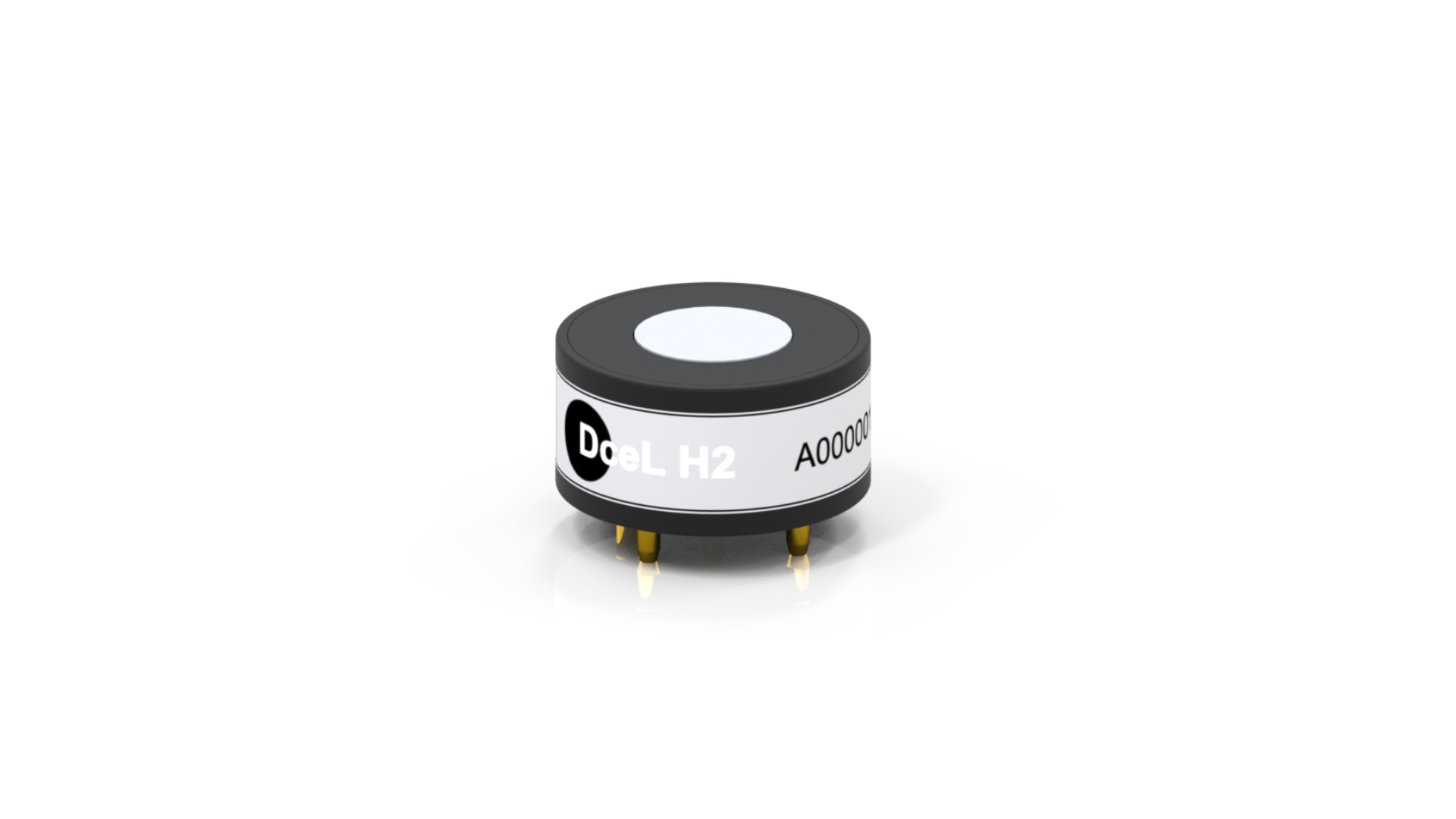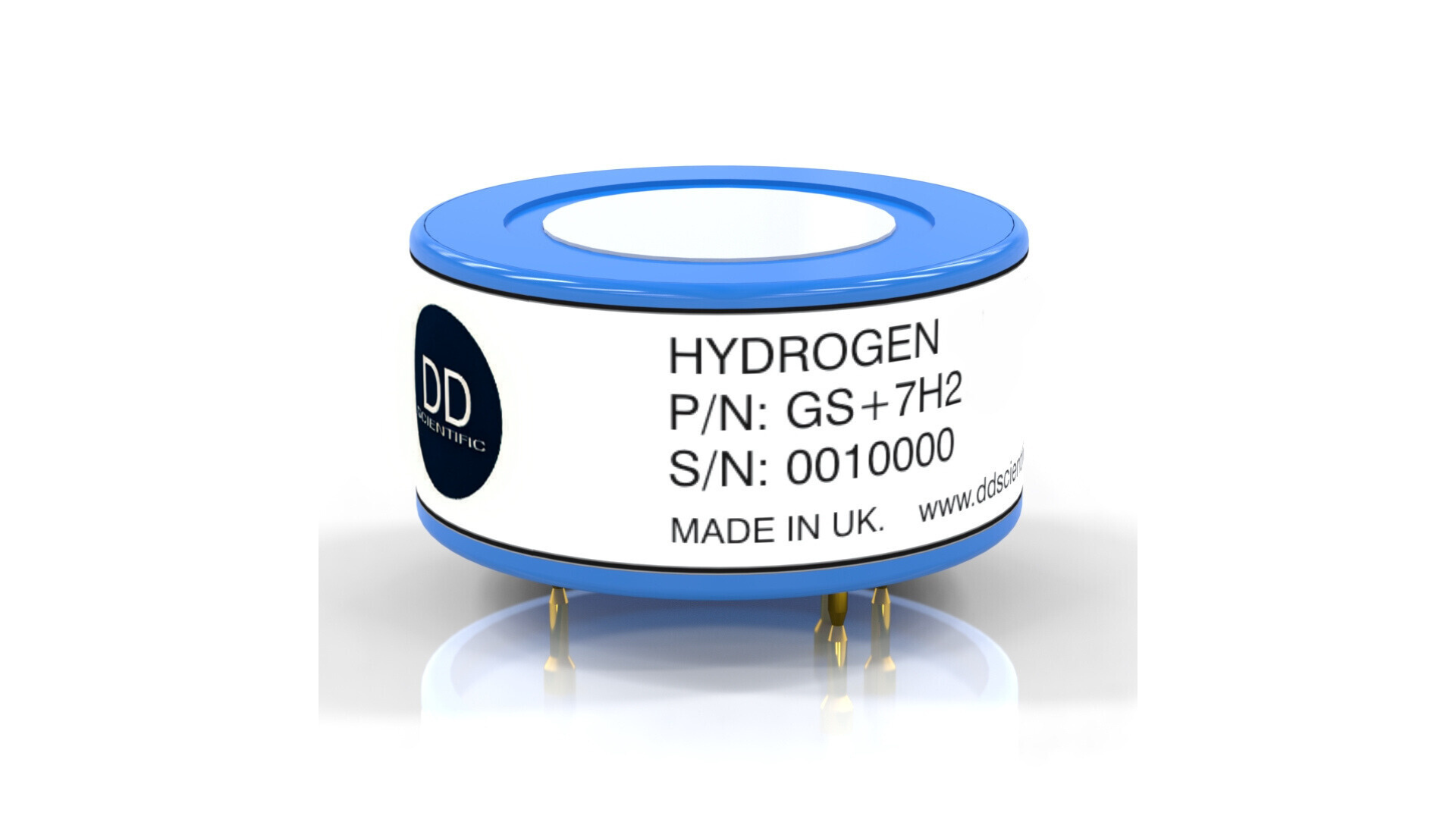What are the potential hazards of Hydrogen (H2)?
Hydrogen is highly combustible and can ignite easily in the presence of oxygen or other oxidizing agents. Its flame is nearly invisible, making it challenging to detect and control fires.
Hydrogen forms explosive mixtures with air when its concentration is within a specific range (4%-75%). Accidental releases of hydrogen in confined or poorly ventilated spaces can lead to explosions.
Hydrogen displaces oxygen in confined spaces, leading to oxygen-deficient atmospheres. Prolonged exposure to low oxygen levels can cause asphyxiation and respiratory issues.
Hydrogen embrittlement can occur in metals, weakening structural integrity and increasing the risk of mechanical failures. Understanding these hazards associated with hydrogen is essential for implementing proper safety measures, such as ventilation, leak detection, and explosion-proof equipment, to mitigate risks and ensure a safe working environment.

Mitigate risk with DD-Scientific
Understanding the hazards associated with H2 is essential for the implementation of effective safety measures.
Mitigation of H2 related risks relies upon fast, precise and reliable detection, features DDS sensors are guaranteed to deliver.
If you can't find the sensor type you are looking for or need help with sensor selection don't hesitate to get in touch.






